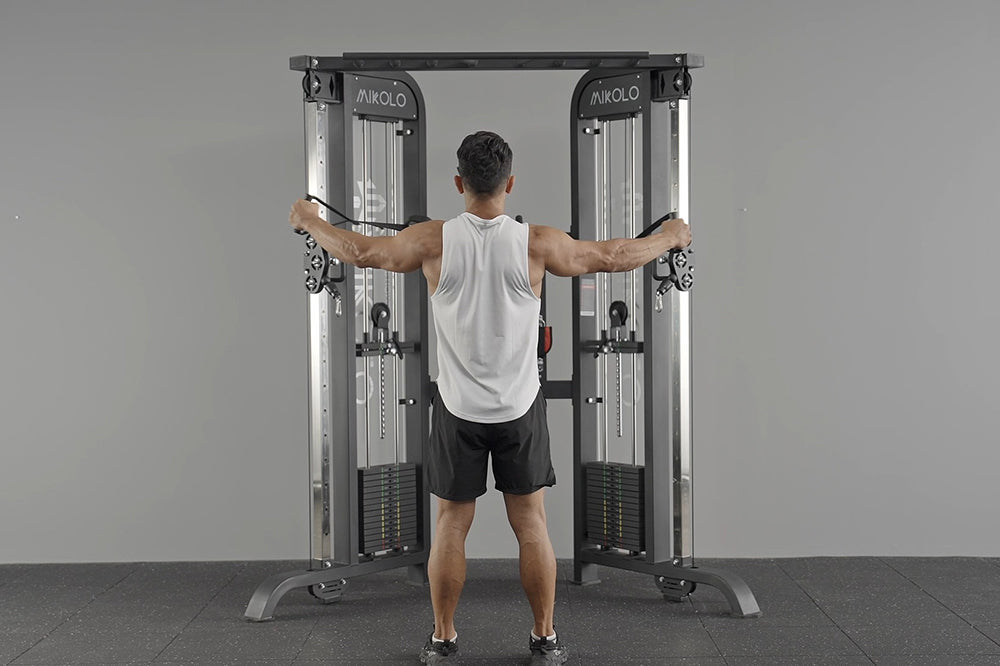Interval strength training is a high-intensity workout method that combines bursts of strength exercises with short rest periods in between. Unlike traditional strength training, where you might rest for 60-90 seconds between sets, interval strength training maximizes calorie burn and improves endurance by varying the intensity and reducing rest time.
Key Elements of Interval Strength Training
At its core, interval strength training is a form of circuit training. It alternates between periods of intense exercise and brief recovery. Typically, each exercise lasts 30-60 seconds, followed by a rest or low-intensity phase for 10-30 seconds. This structure helps to increase muscle strength while improving cardiovascular health, making it a time-efficient way to get both benefits.
Benefits of Interval Strength Training
-
Increased Calorie Burn
The high-intensity nature of interval strength training keeps your body burning calories long after the workout is over. This effect, known as excess post-exercise oxygen consumption (EPOC), is why interval strength training is so effective for weight loss. -
Improved Muscle Endurance
By pushing your muscles to their limit during each interval, you’re training them to perform better under fatigue. This increases both strength and endurance, leading to faster gains compared to traditional methods. -
Better Cardiovascular Health
Interval training elevates your heart rate, enhancing your aerobic capacity. It’s an excellent way to improve heart health while building muscle strength at the same time. -
Variety and Challenge
One of the main attractions of interval strength training is the variety. Each session can be customized with different exercises to target various muscle groups, so no two workouts are ever the same. This keeps your routine fresh and exciting, motivating you to stick with it.
How to Get Started with Interval Strength Training
If you're new to interval strength training, it’s essential to start slowly and focus on proper form to avoid injury. Here’s a simple beginner's routine you can try:
- Warm-up: 5-10 minutes of light cardio (e.g., jogging or jumping jacks)
- Interval 1: Push-ups (30 seconds) followed by 15 seconds rest
- Interval 2: Dumbbell squats (30 seconds) followed by 15 seconds rest
- Interval 3: Bent-over rows (30 seconds) followed by 15 seconds rest
- Interval 4: Jump lunges (30 seconds) followed by 15 seconds rest
- Cool-down: 5-10 minutes of stretching
Start with 2-3 rounds, gradually increasing the number of circuits as your fitness level improves.
Is Interval Strength Training Right for You?
Interval strength training is a great option for anyone looking to push their fitness to the next level. It’s ideal for busy individuals who want an efficient, full-body workout that targets both strength and cardiovascular health. However, due to its intensity, it may not be suitable for beginners or those with certain health conditions. If you're new to exercise, it’s always a good idea to consult a fitness professional before starting any new workout program.
Final Thoughts
Interval strength training is a powerful way to improve overall fitness, build strength, and burn fat. Whether you're looking to lose weight, improve your endurance, or increase muscle mass, this time-efficient method can help you reach your goals faster. So, if you’re looking to mix up your workout routine and push yourself harder, interval strength training might be just what you need to take your fitness to the next level.










































Leave a comment
This site is protected by hCaptcha and the hCaptcha Privacy Policy and Terms of Service apply.